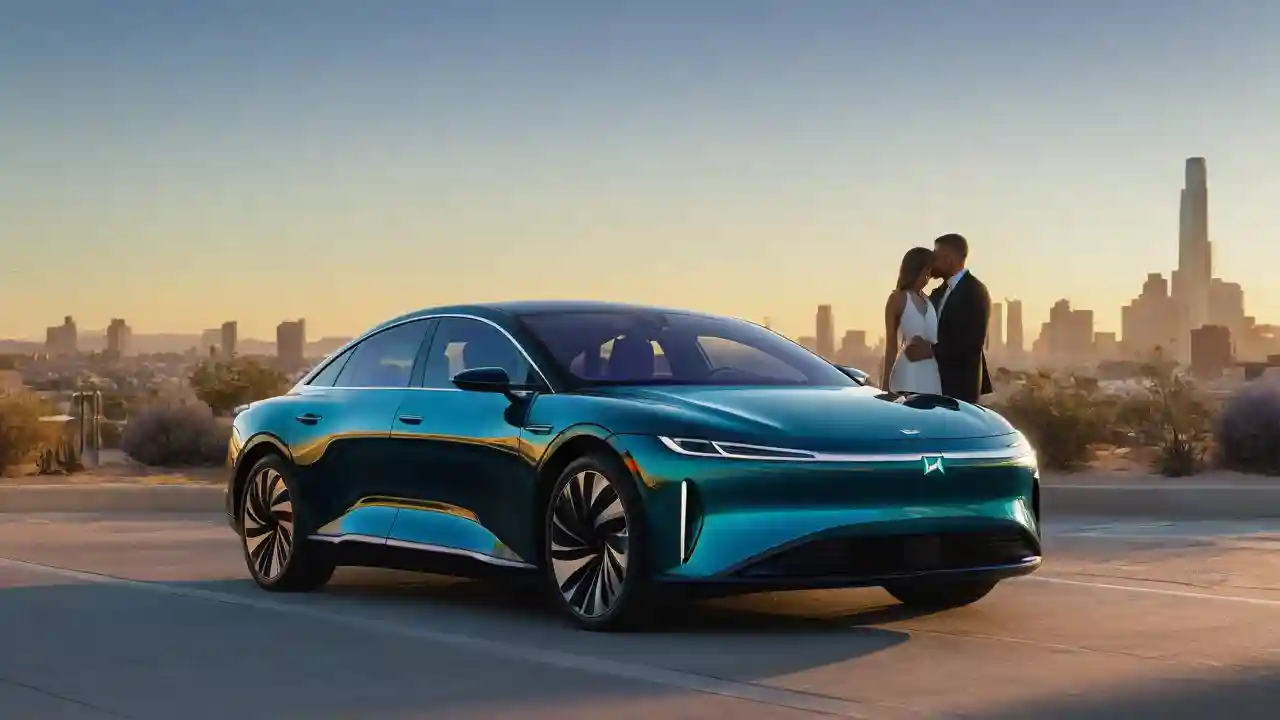
Tesla Hits Record Sales but Faces Profit Drop After Tax Credit Ends
Tesla Breaks Sales Records but Faces a Tough Road Ahead
AUSTIN, Texas – Tesla just pulled off its biggest revenue quarter ever—$28.1 billion. The company moved nearly half a million cars, driven by a wave of U.S. buyers racing to grab a $7,500 federal EV tax credit before it expired on September 30. On the surface, it looks like a triumph. But dig deeper, and the picture isn’t quite so shiny: profits are slipping, margins are shrinking, and the tax credit that powered this surge is now gone, leaving Tesla staring down an uncertain future.
The third quarter told two very different stories. Tesla delivered a record 497,000 vehicles, easily topping Wall Street’s revenue forecasts. But its earnings, around $0.50 per share, missed expectations. The result? Investors sent the stock sliding in after-hours trading. It’s a classic case of “sell more, earn less.”
To hit those numbers, Tesla slashed prices, offered deep discounts on its Model 3 and Model Y “Standard” trims, and pushed out low-interest financing deals. That strategy filled order books—but at a heavy cost. The company’s profit per car dropped sharply. In short, Tesla proved it could move metal like never before, but it had to give up a chunk of its profitability to do it.
This shift isn’t accidental. Tesla is betting big on scale—selling more cars to fund its ambitions in artificial intelligence, robotics, and self-driving technology. The problem? For now, it’s still a car company trying to pay for its future dreams with thinner margins today.
The Great Rush: A Sugar High Before the Slump
What really juiced Tesla’s numbers wasn’t just demand—it was timing. The expiration of that $7,500 tax credit pulled a flood of future buyers into Q3. Analysts estimate the rush added 20,000 to 30,000 extra sales. It was a sales bonanza that made the quarter look stronger than it might have been.
But like a sugar high, it won’t last. With the incentive gone, Tesla may face a demand dip in the coming months. Analysts warn that Q4 could look very different without the government boost. The question is whether Tesla’s brand and innovation alone can keep orders flowing.
In the U.S., the tax credit frenzy masked a more complicated global picture. European sales slowed amid subsidy cuts and growing political backlash against CEO Elon Musk. Meanwhile, in China, Tesla is holding steady but feeling the heat from fierce rivals like BYD. That federal credit provided a tailwind at just the right time—but it’s now gone, leaving Tesla to face headwinds on multiple fronts.
The Price of Growth: Shrinking Margins Bite Hard
Tesla’s financials show the cost of chasing volume. Automotive gross margin, one of the most-watched indicators, dropped under pressure. Even though the overall margin came in at 18%, that figure was boosted by the sale of regulatory credits and strong results from Tesla’s energy business. Strip those out, and core automotive margins fall into the mid-teens—a sharp slide from the company’s earlier glory days.
Operating margin sank to 5.8%, dragged down by a 25% jump in R&D spending. Most of that money went into Tesla’s AI and autonomy programs, a bet that could pay off years down the road—but not today. One analyst summed it up neatly: “This was a volume-at-all-costs quarter.” Tesla hit its growth goals, but it had to bleed profitability to get there.
The Quiet Powerhouse: Energy Business Shines
While the car business took a beating, Tesla’s energy division quietly stole the show. The company deployed a record 12.5 gigawatt-hours of energy storage, up 81% from a year ago. Most of that came from surging demand for Megapack batteries—massive units used by utilities and data centers to store renewable power.
The energy segment pulled in $3.4 billion in revenue with a 28% gross margin, generating $1.1 billion in profit. That performance helped cushion the blow from weaker automotive margins and fueled Tesla’s record $3.99 billion in free cash flow. Once considered a side project, the energy division has become a vital pillar of Tesla’s business—one that may prove more stable than the car market itself.
Eyes on the Future: AI, Robotaxis, and a Pivotal Vote
Tesla’s leadership insists the real story isn’t this quarter’s earnings—it’s the company’s transformation. The automaker is pushing toward a future built on AI, self-driving “robotaxis,” and robotics. That’s where the long-term vision lies. With $41.6 billion in cash and investments, Tesla has the financial muscle to chase those ambitions without asking investors for more money—at least for now.
But that future comes with its own drama. Next year, shareholders will vote on Elon Musk’s massive 2025 pay package, a plan that ties his compensation to ambitious AI and autonomy milestones. Supporters call it essential to keep Musk focused on Tesla’s long-term vision. Critics see it as excessive at a time when the company’s fundamentals look shaky.
Investors seem split. One fan on X (formerly Twitter) said, “Q3 wasn’t about profits—it was about building for the AI decade.” Skeptics, like analysts at Seeking Alpha, disagree, calling Tesla “overhyped” and issuing a “Strong Sell” warning that “AI won’t save it.”
The Bottom Line
Tesla’s record-breaking quarter is both a triumph and a warning. The company proved it can move massive volumes, but only by leaning on temporary incentives and sacrificing profits. It built up cash, bought itself some breathing room, and reminded the market of its unmatched scale. But with the tax credits gone and competition heating up, Tesla now has to stand on its own.
The automaker is at a crossroads: one path leads to a bold new world of AI and autonomy; the other loops back to the harsh realities of the car business. The next few quarters will show which direction Tesla truly drives.
NOT INVESTMENT ADVICE